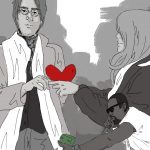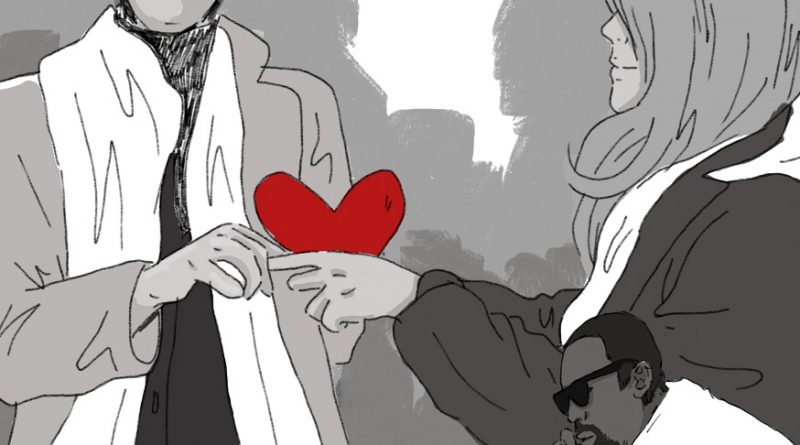Pt. 3: John Lennon and the Death of Popular Art
Finally, the moment I have been waiting for: it is now the third part in this series and I can tear John Lennon apart in front of all the distant ghosts of screaming teenage girls.
Just kidding, I have no intention of insulting John Lennon. That would kind of deter from the point, don’t you think?
Instead, I want to start out with a simple fact: In 1971, “Imagine” by John Lennon was the second largest hit single in the world. The first, naturally, was “My Sweet Lord” by George Harrison.
Wait, no, that isn’t natural. That is weird. George Harrison, the Beatle with arguably the least amount of name recognition, released a spiritual anthem that was more popular at the time than John Lennon’s most popular song, ever.
Have you ever heard of “My Sweet Lord” before today? I certainly hadn’t. This is especially odd when you consider how many amazing artists released albums that year, including David Bowie, Marvin Gaye, and Led Zeppelin.
I also took a peek at the top 60 albums released that year, and I knew every single musician on that list. From Cat Stevens and Joni Mitchell to Jethro Tull and The Who, it was an amazing year for music. But what about the other hundreds of musicians who released records that year?
I don’t know who they are, and I’m going to assume you don’t either. This is what I’m getting at: over the course of 44 years, a lot of music hasn’t stood the test of time. The portion of it we know today is what has survived because it distinguished itself and proved to be important.
While corporatized pop stars are very annoying and a significant problem for modern music, there was to a degree plenty of that going on when John Lennon was around. An unquestioned love for John Lennon is more than anything a sampling error, because we don’t have to view him through the cloud of garbage music that would have surrounded him in the ‘70s.
This brings to mind a terrifying thought—what if there are genuinely great artists in the popular sphere today, but we can’t hear them in the white noise of generic production?
I think that is exactly what’s happening. News media lumps popular artists in the same category, breeding obsession with their personal lives, cultivating hate to make money. The line between artists and consumer products becomes blurred.
We give modern artists our money, sure, but we don’t give them our love. We don’t give them our respect. We reserve those for the artists like John Lennon who have already been separated from the mediocre.
There will never be a shortage of popular artists. Money will always be a draw. But if we as a society are too lazy to search for the real artists that exist inside of that category and give them the respect they deserve, we will be left with nothing real. Popular art will devolve into a conversation exclusively about wealth—any value for true art dissolving.






